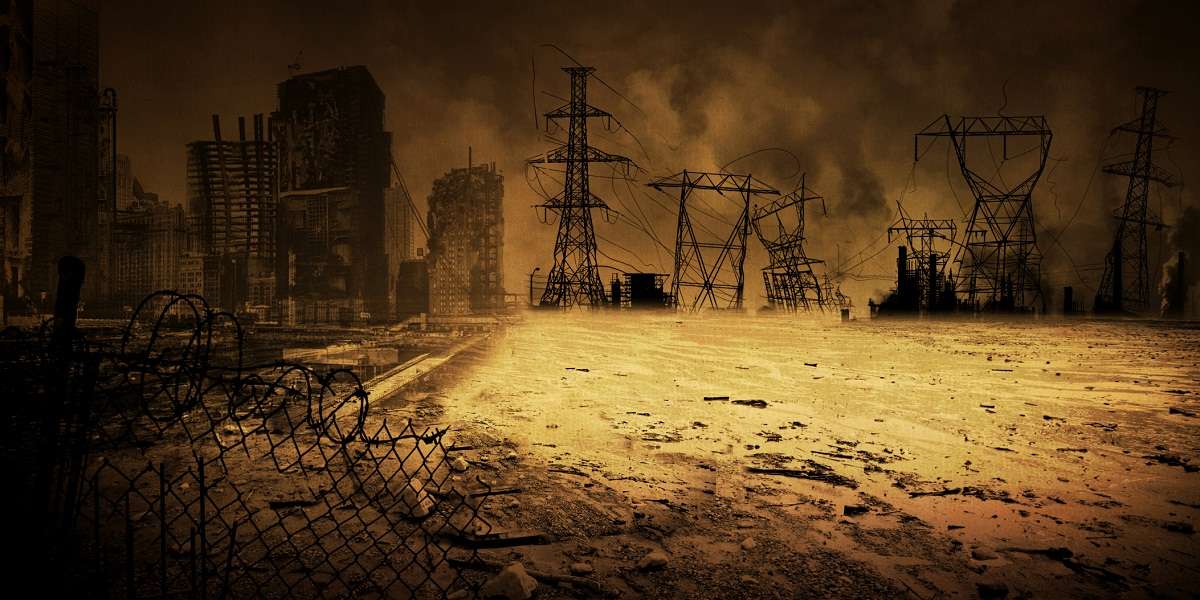In A Nutshell
Over the next few billion years, the Sun will burn increasingly hotter. As that happens and temperatures on Earth start getting toasty, mass extinctions will occur, starting with the larger animals and working their way down to the microscopic level until the surface of the planet is nothing more than a charbroiled wasteland. The last life on Earth will exist in a few colonies of extremely durable bacteria living deep underground.
The Whole Bushel
Believe it or not, humanity won’t be around forever—at least not on this planet. It’s believed that our Sun is about 4.5 billion years old, about halfway through its lifespan. Right now, it’s at the point where it creates a perfect environment on Earth for life. In about a billion years though, that’s all going to change.
When a star like our Sun reaches a certain age, it starts to run out of hydrogen to use as fuel. In the process of creating energy, that hydrogen is fused into helium, which gets trapped at the Sun’s core. As the hydrogen supplies dwindle, like they will in roughly 1.2 billion years, the Sun enters a midlife crisis. The condensed helium gets too heavy for the Sun to contain and it begins the slow process of collapsing under its own weight. When that happens, the Sun balloons outwards into space, sending out massive balls of burning gas called planetary nebulae.
And that’s bad news for us.
As the heat from these planetary nebulae washes over our planet, the temperatures will begin to rise all over the globe. Around the equator, temperatures will spike above 100 °C (212 °F), causing the oceans and surface water to evaporate. Everything will die, and the planet will be reduced to a parched, smoldering wasteland. Eventually the sun will shed nearly all its energy into space, destroying the planets and leaving a ball of carbon atoms crushed under their own gravity—a white dwarf.
With this in mind, a group of researchers at the University of St. Andrews in Scotland put together a model to see how the planet’s life forms would handle all this turmoil. The results were about as bleak as you might expect.
When all the water starts to evaporate it would saturate the atmosphere and lead to pockets of intense heat that would pepper the globe. These areas would be the first to go. Soon after, falling oxygen levels would take care of all the animals that hadn’t already succumbed to the heat, and everything down to the tiniest earthworm would essentially asphyxiate. All of this would happen over the course of about a year.
At this point, the plants and vegetation would begin to die. Microbes and bacteria, especially those that require animals or detritus to live, would actually go through a massive population boom due to the sudden increase in available food. But once that food runs out, their downfall would happen in less time than anything else’s. They’d be dead within days.
And after all the surface life dies, and the near-surface underground life follows it, the only living thing remaining on the planet will be clusters of extremophile bacteria miles underground. They could feasibly continue to live for thousands of years after the world burns. Adapted to hostile environments and poisonous atmospheres, they would be able to survive with no water or oxygen, not only enduring, but thriving in the intense heat from our dying Sun—the last kings of Earth.
Show Me The Proof
Space.com: Death of a Sunlike Star: How It Will Destroy Earth (infographic)
BBC News: Microbes to be ‘last survivors’ on future Earth












